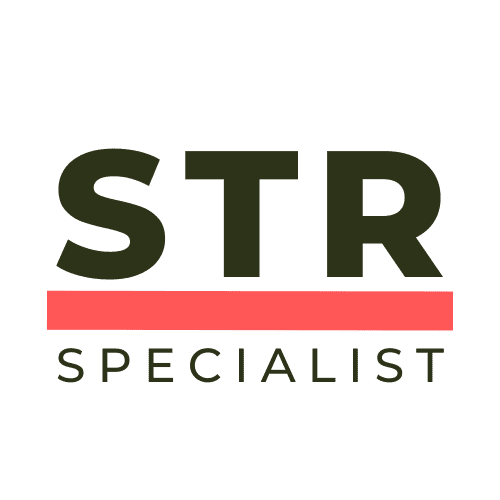Crestline
Pricing your Airbnb property right can be the difference between a bustling calendar and empty rooms. Every day, week, and season brings different demand levels, making it tricky to know what rate your property can realistically achieve. In this guide, you'll find essential insights on all the factors that influence Airbnb pricing in Crestline—from seasonal demand and local events to occupancy trends.
We’ll begin with some key data on Crestline, followed by a breakdown of the three main pricing approaches for Airbnb properties, along with their pros and cons. Follow each section carefully to make the best pricing decisions and maximize your property’s potential.
Average Nightly Rate For Airbnb's in Crestline by Season:
Here are the typical nightly rates for Airbnb listings in Crestline across different seasons. Obvisouly, the price may vary hugely depending on the amenities offered and the property style as well location plays a key role.
| Property Type | Room Count | Season | Nightly Rate |
|---|---|---|---|
| House | 2-3 rooms | Summer | $150-$250 |
| Cabin | 1-2 rooms | Winter | $100-$200 |
| Chalet | 1 room | Fall | $80-$120 |
| Private Room | 1 room | Spring | $50-$80 |
Occupancy Rate Trends in Crestline:
Understand the occupancy patterns in Crestline throughout the year. Recognizing peak and low-demand periods can guide your pricing adjustments.
| Period | Trend |
|---|---|
| Winter (January - February) | Low-demand period with occupancy rates ranging from 30-40% due to cold weather and fewer travelers. |
| Spring (March - May) | Gradual increase in occupancy rates reaching 50-60% as weather warms up and outdoor activities become popular. |
| Summer (June - August) | High-demand period with occupancy rates peaking at 80-90% as tourists flock to Crestline for hiking, boating, and other summer activities. |
| Fall (September - November) | Steady occupancy rates ranging from 60-70% as visitors come to enjoy the fall foliage and cooler temperatures. |
| Major Events (e.g., Fourth of July, Labor Day weekend) | Peak occupancy rates of 90-100% during major holidays and events, so early booking is essential. |
| Weekends | Higher occupancy rates on weekends compared to weekdays, especially during peak seasons, averaging around 70-80%. |
Local Events that Impact Airbnb Prices in Crestline:
These are the key events in Crestline that affect Airbnb pricing and demand. Aligning your rates with these events can maximize occupancy and revenue.
Major Events Impacting Airbnb Pricing in Crestline, US
| Event | Timing | Influence on Demand |
|---|---|---|
| Mountain Mardi Gras | February | Mountain Mardi Gras is a popular event that attracts both locals and tourists to Crestline. Accommodation demand tends to increase during this time, causing Airbnb prices to go up. |
| 4th of July Fireworks | July | The 4th of July Fireworks celebration in Crestline draws crowds looking for a festive atmosphere. Airbnb hosts can capitalize on the increased demand around this holiday, leading to higher prices. |
| Lake Gregory Annual Regatta | August | The Lake Gregory Annual Regatta is a popular water event that attracts boating enthusiasts and spectators. Airbnb accommodations near the lake may experience a surge in demand during this time, impacting pricing. |
So, How to Price it Right?
As an experienced Airbnb host, I’ve learned there are three primary methods for setting prices, each with its own advantages and challenges. Here’s a practical breakdown to help you make an informed decision and maximize your rental income.
1. Manual Pricing
With manual pricing, you select a rate for each day, week, or month on your calendar. Watch this video on how to update prices on your calendar manually.
| Pros | Cons |
|---|---|
| Full control: Over pricing for specific dates, allowing flexibility for weekends, holidays, or peak season adjustments. | Time-consuming: Frequent updates are needed, especially during high-demand periods. |
| Risk of leaving money on the table: Missing out on peak earnings during busy times or failing to lower prices during slower periods. | |
| Limited market insight: Without real-time data, you risk underpricing for high-demand days or overpricing during slow seasons. |
Example: Setting a flat rate of $100 per night may seem easy, but it could lead to missed opportunities. A busy weekend might warrant $150, while a slower weekday could require $90 to attract bookings.
2. Airbnb Smart Pricing
Airbnb’s Smart Pricing feature automatically adjusts rates based on local demand. Learn how to enable Smart Pricing on Airbnb.
| Pros | Cons |
|---|---|
| Easy setup: No need for third-party tools. | Priced too low: Airbnb often favors higher occupancy, leading to lower prices and, consequently, lower revenue. |
| Automatic adjustments: Adapts to area demand, so you don’t need to constantly update prices. | Reduced control: You can set minimum and maximum prices, but the algorithm’s primary focus is occupancy over earnings. |
Example: Airbnb might suggest $65 for a property that typically rents for $120. This may fill up your calendar but at the expense of significant income.
3. Dynamic Pricing Tools (Best Option)
Third-party dynamic pricing tools, like Beyond Pricing, use advanced data to set daily rates based on market conditions, similar to hotels and airlines.
| Pros | Cons |
|---|---|
| Data-driven algorithms: Factors like local events, competitor pricing, and seasonality ensure you’re optimizing rates. | Cost: Typically a small commission or monthly fee (e.g., 1% of bookings or $10 monthly). |
| Revenue maximization: Capture peak rates during busy times while staying competitive in slower periods. | Learning curve: Getting comfortable with the tool’s settings and reports takes a little time. |
| Automated and customizable: Set your base price, minimums, and even specific discounts. Prices update daily. |
Beyond Pricing offers features like orphan gap filling and last-minute discounts to avoid leaving money on the table. If you’re earning over $2,500 monthly, their flat $10 monthly fee is generally more cost-effective than a percentage commission.
Special Offer: Beyond Pricing offers a 1-month free trial. Follow this link to sign up and give it a try to see how it can optimize your earnings.
Practical Pricing Tips
Regardless of the method you choose, here are some practical steps for setting an effective baseline:
- Check the local market: Look up similar properties to get a sense of the going rate. If similar listings are priced at $100 per night, start slightly higher.
- Start high, adjust down: Try setting a rate of $120, then reduce it by $5 every three days until bookings pick up. This strategy helps you find the ideal rate where bookings are consistent.
- Focus on the nightly rate: Ignore service fees and commissions when comparing, as Airbnb automatically adds these to the listing price.
Why Pricing it Right Matters
Pricing is not just about covering your costs; it’s a key factor in your property’s visibility and booking rate. Lower prices can lead to more bookings, but balancing occupancy and rate is essential for maximizing revenue.
With a dynamic pricing tool like Beyond Pricing, you get automated, data-backed rate adjustments that help you capture the highest possible earnings while keeping your calendar full. I highly recommend Beyond Pricing as a reliable, market-savvy tool that adjusts rates in real time based on demand.

